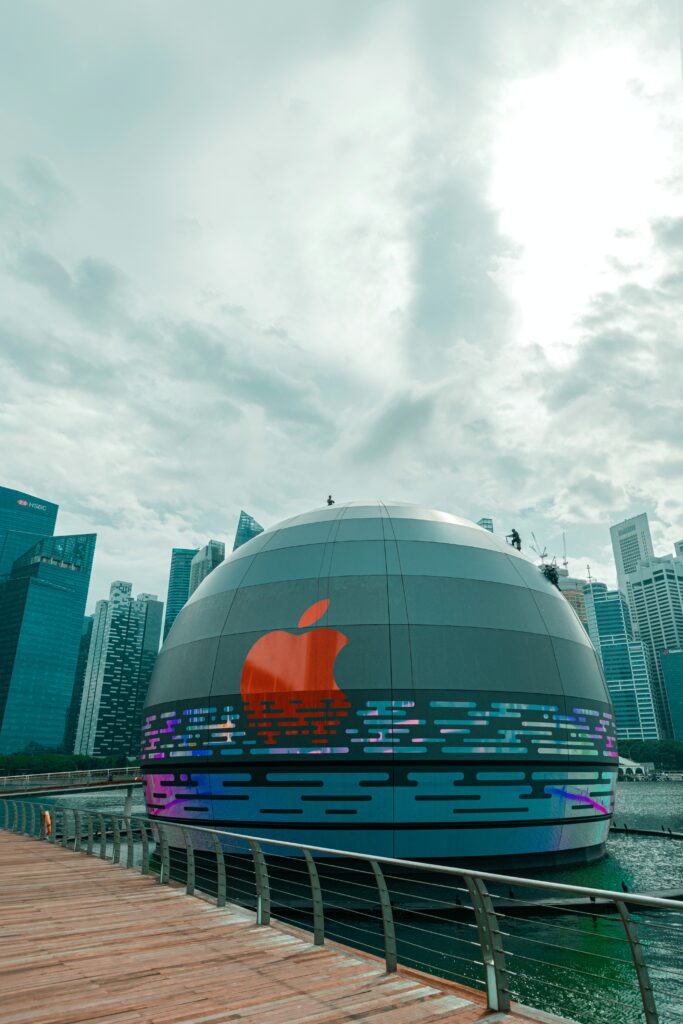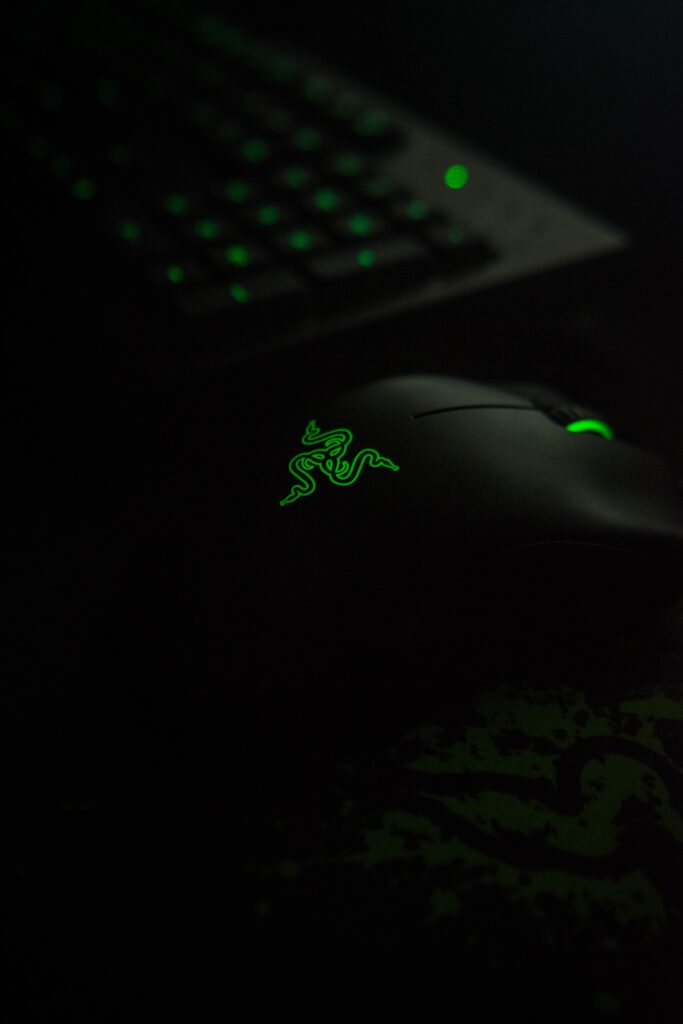In today’s digital age, the power of branding has never been more evident. Consumers are inundated with choices, from high-street shops to online marketplaces, making the task of selecting the ‘right’ product increasingly daunting. In this sea of options, how do some brands manage to stand out and inspire unwavering loyalty? The answer lies in their ability to significantly reduce perceived risk for consumers, thereby shaping their perceptions and decision-making processes.
The essence of this article is to delve into the symbiotic relationship between branding and perceived risk. We’ll explore how effective branding not only distinguishes a product but also instils a sense of security among consumers. This assurance is invaluable; it not only nudges the consumer towards making a purchase but also encourages long-term loyalty—a true win-win for both businesses and consumers.
In the following sections, we will dissect what branding and perceived risk entail and how they intersect to influence consumer behaviour. Through psychological insights and industry examples, we will unravel how businesses can leverage the power of branding to mitigate consumer risk and, conversely, how consumers can make more informed decisions in a marketplace that is often overwhelming.

Branding and Perceived Risk: Definitions and Intersection
Branding is far more than a catchy slogan or an eye-pleasing logo; it’s a comprehensive representation of a business and its values. In essence, branding serves as a shortcut for consumers, enabling them to quickly identify what a company stands for and what they can expect from its products or services. This encapsulates everything from the aesthetic elements—such as logos, colour schemes, and typography—to the emotional resonance that a brand evokes, often encapsulated in its mission statement or ethos.
On the other side of the coin is the concept of perceived risk. In consumer behaviour, perceived risk represents the consumer’s subjective assessment of the uncertainty and adverse consequences of buying a product or service. These risks can be financial, social, or even psychological. For example, the fear of wasting money is a financial risk, whereas the fear of social embarrassment from owning an ‘uncool’ product represents a social risk.
Now, how do branding and perceived risk intersect? The answer is fairly straightforward yet profound: branding serves as a risk-mitigation tool. A well-established brand often imbues a sense of trust and reliability, mitigating the fears associated with the perceived risks of a purchase. This is achieved through consistent quality, transparent communication, and the power of social proof—be it through reviews, testimonials, or influencer endorsements. The familiarity of a brand reduces uncertainty and makes the consumer feel more ‘at home’ in making a choice, especially when the marketplace is flooded with alternatives.
In essence, effective branding acts as a beacon in a crowded marketplace, illuminating the path for consumers and guiding them away from the pitfalls of perceived risk.
Psychological Aspects of Branding
While we might like to believe that our purchase decisions are entirely rational, psychology tells a different story. Branding taps into a multitude of cognitive biases that nudge our decision-making process, often without our explicit awareness.
One of the most prevalent psychological principles in play is the “halo effect,” a cognitive bias where our impression of one aspect of a brand positively influences our view of the brand as a whole. For instance, a high-quality advertisement can lead consumers to believe that the product itself must be of high quality. This halo casts a glow that makes everything the brand does seem more credible, and thereby, less risky.
Another significant psychological aspect is emotional assurance. Brands often evoke a specific set of emotions through their marketing strategies—be it a sense of adventure, luxury, or comfort. By aligning their identity with certain emotions, brands can tap into the intrinsic human need for emotional security. When consumers encounter a brand that ‘feels right’ or mirrors their own self-perception, the emotional bond reduces the perceived risk associated with the purchase. Essentially, the emotional connection acts as a buffer against uncertainty, making consumers more likely to commit to a purchase and stay loyal in the long term.
It’s not just about the practical advantages of the product or service; it’s about how the brand makes consumers feel. By leveraging psychological insights, savvy brands can significantly reduce perceived risk and elevate their position in the minds of consumers, fostering both initial purchases and ongoing loyalty.
Implications for Businesses and Consumers
Branding is more than a mere marketing tool; it’s a strategic asset that can confer tangible benefits for businesses and guide consumers in their decision-making process. For businesses, a strong brand acts as a moat against competition, enabling them to capture and maintain market share. This is especially important in saturated markets where product differentiation becomes increasingly challenging. The risk-reducing power of branding also contributes to what marketers refer to as ‘brand equity’—the value derived from consumer perception and trust. This brand equity can be translated into a higher willingness to pay, thereby directly impacting the company’s bottom line.
For consumers, the implications are equally significant. The assurance that comes from opting for a reputable brand often leads to more informed and satisfying purchase decisions. However, this coin has a flipside. Strong branding can sometimes obscure the shortcomings of a product or service. While a trusted brand name may signal reliability and quality, it’s no guarantee against occasional lapses or faults. Consumers, therefore, need to balance the emotional comfort derived from branding with rational evaluation, such as reading reviews or seeking recommendations, to ensure they’re making the best possible choice.
Branding serves as a guiding light for consumers navigating a complex marketplace while offering businesses a robust framework for establishing trust and driving customer loyalty. However, the influence of branding is a double-edged sword—capable of empowering but also misleading if not thoughtfully considered.

Case Study: Apple Inc.
One of the most compelling examples of branding mitigating perceived risk is Apple Inc., a company that has become synonymous with innovation, quality, and design. Apple’s brand is not just about sleek devices; it’s about an entire ecosystem that promises a seamless and user-friendly experience.
When consumers consider purchasing an Apple product, the perceived risks are generally low. This is attributable to several factors, chief among them being Apple’s track record for producing high-quality, reliable products. The company’s stringent quality control measures, both in terms of hardware and software, ensure that customers feel they are making a safe bet when opting for an Apple device.
The brand also excels in customer service, offering comprehensive support both online and in-store through the Apple Genius Bar. This emphasis on post-purchase support further reduces the perceived risk, as consumers know they can easily get help if issues arise.
Apple’s branding extends to its retail experience—clean, minimalist stores that not only showcase the products but also offer a sense of community through workshops and events. The stores themselves serve as a physical manifestation of the brand’s attributes, helping to solidify consumer trust.
Furthermore, Apple smartly employs social proof through celebrity endorsements and a robust online community of devoted fans who eagerly share reviews and tutorials. This organic advocacy serves as a third-party validation of the brand’s quality and reliability, lowering perceived risk for new or hesitant buyers.
Apple’s success illustrates the power of a strong brand to not only attract but also retain customers. It demonstrates how effective branding can mitigate perceived risks and create a virtuous cycle of trust and loyalty.

Case Study: Razer Inc.
Though globally recognised today, Razer Inc. had its humble beginnings in Singapore and has carved a unique space for itself in the competitive world of gaming hardware. Known for its high-quality gaming mice, keyboards, and other peripherals, Razer is a brand that has become synonymous with precision, quality, and a distinct, edgy aesthetic.
When consumers consider investing in a Razer product, the perceived risk is often low despite the generally higher price points. This reduced sense of risk can be attributed to several brand-related factors. First and foremost is the reputation for quality and performance that Razer products have earned through years of positive reviews and word-of-mouth among the gaming community.
Razer also invests heavily in customer engagement, often collaborating with popular gamers and esports events to endorse their products. This provides a strong form of social proof, as potential consumers see professionals and influencers using Razer products in high-stakes scenarios, which significantly reduces perceived risk.
Additionally, the brand has a strong online presence, not just globally but also in the Singaporean market. Their website features extensive customer reviews and testimonials, often accompanied by video content showing the products in action. The sense of community fostered by the brand, both online and through local events, adds another layer of reassurance.
The company also offers robust customer support, including warranties and easily accessible customer service, both of which serve to lower the perceived risk associated with a purchase.
Razer serves as an insightful local case study for Singapore, demonstrating how strong branding can effectively mitigate consumer risks and build a loyal customer base. It’s a prime example of how strategic branding can transcend local markets to make a significant global impact.
Conclusion: The Unseen Power of Branding
As we have traversed the landscape of branding and its impact on perceived risk, one thing becomes abundantly clear: branding is not just a superficial layer of business strategy, but a potent psychological and strategic tool that significantly shapes consumer perception and choices.
Whether it’s the global allure of Apple or the local mastery displayed by Singapore’s Razer Inc., effective branding serves as an invaluable risk-mitigating factor that can spell the difference between a one-time purchase and a lifetime of loyalty. Businesses that understand the deep-rooted psychological principles behind consumer decision-making can harness the power of branding to not only attract customers but also offer them the assurance they crave in a crowded marketplace.
For consumers, the message is equally powerful. While branding can certainly guide us toward making more informed and satisfying decisions, it’s crucial to remain aware of its persuasive power and not forsake due diligence.
In a world teeming with choices and riddled with uncertainties, the impact of branding on reducing perceived risk can neither be overstated nor ignored. It’s a win-win dynamic that, when executed thoughtfully, benefits both businesses and consumers alike, making our choices not just easier, but also more rewarding.




